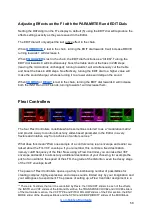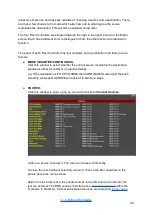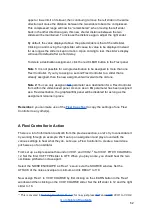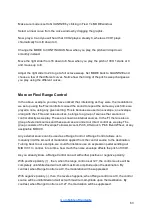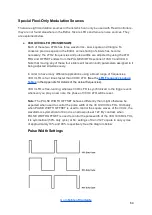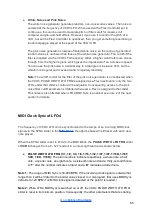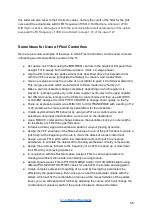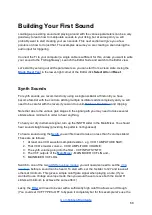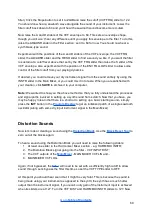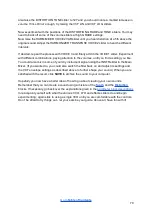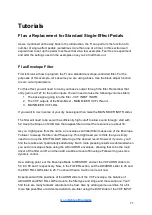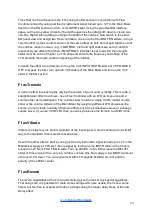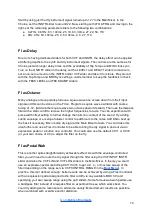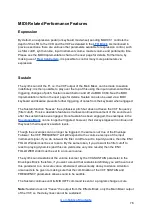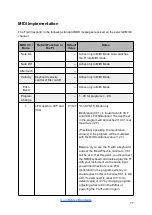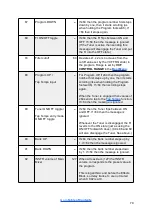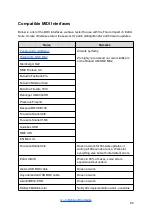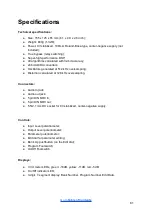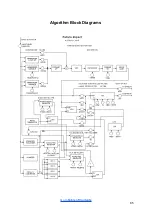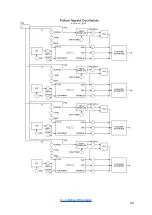
Tutorials
FI as a Replacement for Standard Single-Effect Pedals
As we mentioned all the way back in the introduction, the FI can perform the function of a
number of single-effect pedals (sometimes more than one at a time). In this section we’ll
explain how to set up the pedal to achieve that via a few examples. Feel free to experiment
and alter the settings used in the examples once you’ve tried them out.
FI as Envelope Filter
First let’s look at how to program the FI as a standard envelope-controlled filter. For the
purposes of this example, let’s assume you are using a bass. Use the block adjust function
to zero out all parameters.
For this effect, you will need to route your bass’s output through the filter. Remember that
unity gain is at 127 for the audio inputs. You will need to raise the following volume sliders:
1. The bass signal going into the filter - VCF INPUT INSTR;
2. The VCF outputs of the Main Mixer - MAIN MIXER VCF LIN
and...
3. MAIN MIXER VCF LOG.
If you want to mix in some of your dry bass signal then raise the MAIN MIXER INSTR slider.
The filter will need to be set with a sufficiently high cutoff to allow sound through; start with
52. Keep the Slope on 12dB. Use the lowpass filter and set the resonance to about 30.
As you might guess from the name, an envelope-controlled filter makes use of the Envelope
Follower to sweep the filter cutoff frequency. This might lead you to think that you simply
need to turn up the ENV FOLLOW slider to get the desired result. However if you do, you’ll
find the results aren’t particularly satisfactory. Much more pleasing results are obtained when
you set an envelope shape using the AD or ADSR envelopes, allowing that to be the main
driver of the filter cutoff, and then add a subtle amount of Envelope Follower to give some
dynamic control.
As a starting point, set the Envelope Mode to RESTART and set the VCF ADSR sliders to
50, 80, 50 and 1 respectively. Now, in the FILTER section, set the AD/ADSR slider to 45 and
the ENV FOLLOW slider to 25. You should hear a much nicer result now.
Experiment with the positions of the ADSR sliders of the VCF envelope, the balance of
AD/ADSR and ENV FOLLOW amounts, the filter type and slope and the resonance. You’ll
find there are many fantastic variations to be had. Also try adding some overdrive for a bit
more bite post-filter or add some distortion pre-filter using the DIST slider of the VCF INPUT.
71


